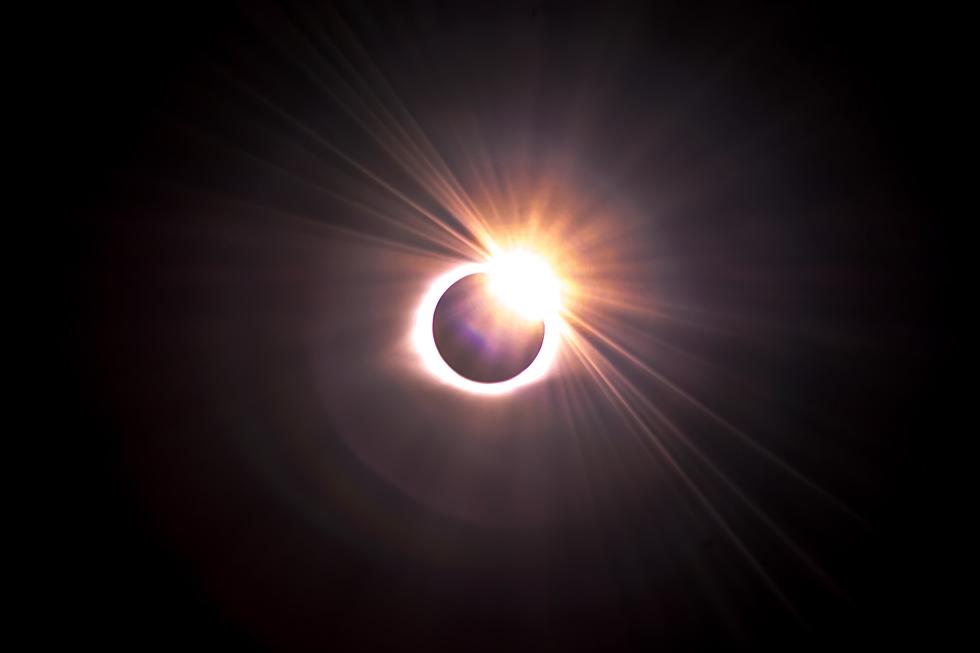
“Ring of Fire” Eclipse Thursday Morning Partly Visible in Dubuque
The moon will pass between the earth and sun early Thursday morning, causing a solar eclipse visible to many of us in the northern hemisphere. When a solar eclipse occurs while the moon is in a position distant enough from earth, the moon seems smaller and the sun shines around the moon, causing a "ring of fire" effect.
The eclipse will be happening ahead of sunrise in the Dubuque area, so we'll only be able to see the final part of it. While the moon will begin to block the sun's light at about 3:54 AM our time, sunrise isn't until 5:25 AM. So as we see sunrise we'll see the sun partially obscured by the moon until the end of the eclipse, at about 5:41 AM.
Meteorologist Karl Klopotik predicts clear skies overnight in the Dubuque area, so viewing conditions should be good.
SAFETY REMINDER: Never attempt to view the sun's rays directly. Here are some safety tips from NASA. It is never safe to look directly at the Sun's rays, even if the Sun is partly or mostly obscured. When watching a partial solar eclipse or annular solar eclipse, you must wear solar viewing or eclipse glasses throughout the entire eclipse if you want to face the Sun. Solar viewing or eclipses glasses are NOT regular sunglasses; regular sunglasses are not safe for viewing the Sun.
If you don’t have solar viewing or eclipse glasses, you can use an alternate indirect method, such as a pinhole projector. Pinhole projectors shouldn’t be used to look directly at the Sun, but instead to project sunlight onto a surface.
For more details on the eclipse, including a link to a livestream, animated simualizations, precise times by location, details on how to create a pinhole vier and more, visit: nasa.gov/content/june-10-2021-eclipse.


